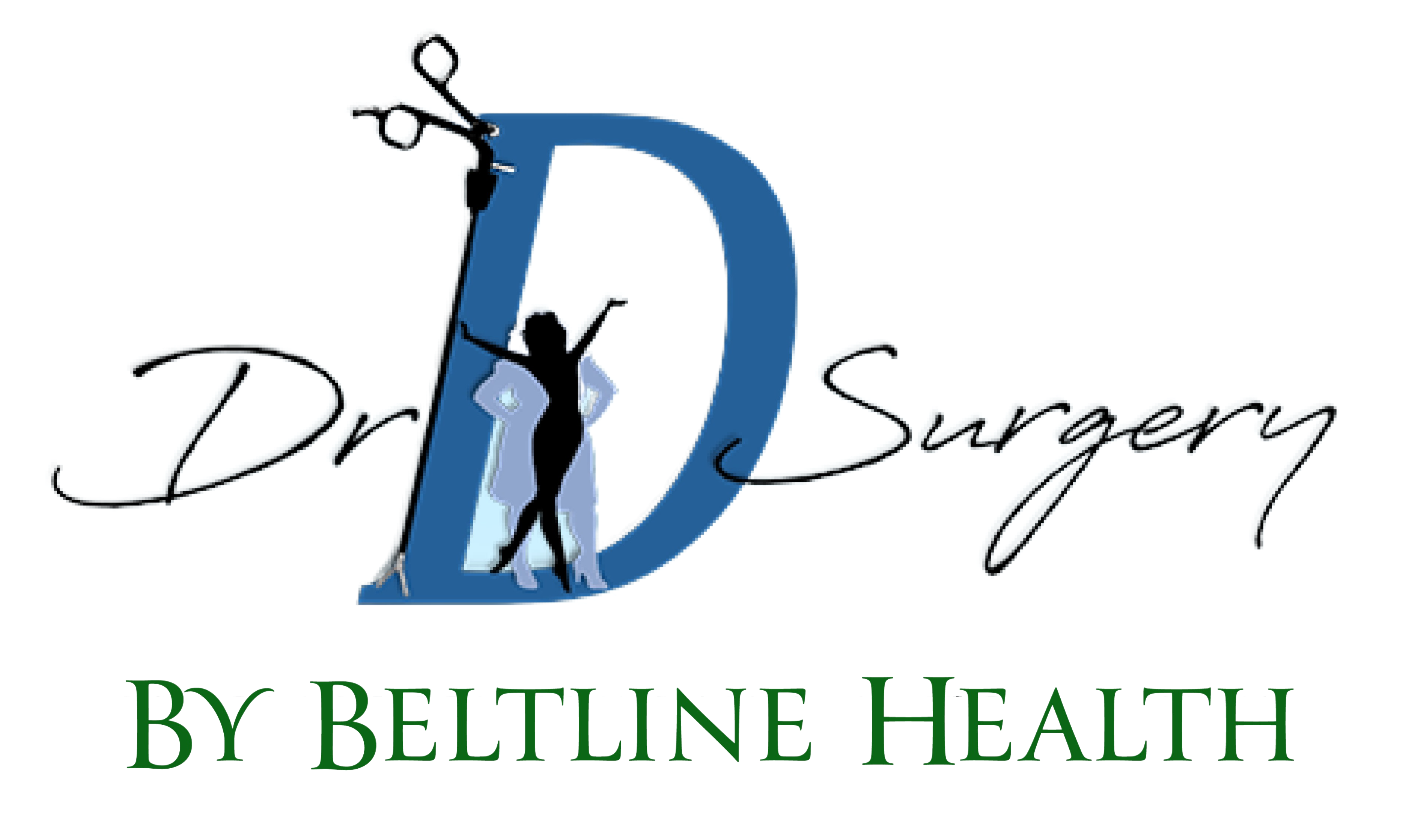Anti-Reflux Surgery (LINX)
Anti-Reflux Surgery (LINX)
Dr. Danthuluri is credentialed in performing the LINX anti-reflux surgery. He is one of only a few surgeons doing LINX and the only surgeon doing LINX in the Stockbridge area. In fact, it’s one of his two favorite procedures. He also performs traditional anti-reflux surgery, which is called Nissen fundoplication, and hiatal hernia repairs.
LINX, a modern alternative to Nissen fundoplication, involves minimally invasive laparoscopic implantation of a small bracelet-like device made of interlinked titanium beads with magnetic cores. These interlinked beads prevent reflux by augmenting the esophageal sphincter’s barrier function. The LINX procedure provides significant and lasting improvements in heartburn, regurgitation, proton pump inhibitor dependence (SAVING MONEY OVER TIME), and the patient’s quality of life.
A simple but effective procedure
Patients enjoy a relatively simple procedure to restore their esophageal sphincter function while avoiding the more invasive fundoplication procedure. This makes LINX the newest generation of anti-reflux treatments. LINX is for people whose chronic gastroesophageal reflux disease (GERD) cannot be controlled medically. That includes the use of daily medications and proton pump inhibitors (PPI’S). It can also be for people who have symtom control but don’t want to be medication dependent. The average yearly cost of Proton PPI’s can range from $1,400 to $2,400.
Unlike standard surgical treatments for GERD, the LINX bracelet of magnetic titanium beads surrounds and compresses the lower esophageal sphincter (LES) muscle. The LES is designed to prevent stomach fluids from refluxing back up into the esophagus. With LINX, the magnetic attraction between the beads prevents gastric pressure from pushing the muscle open. The bracelet is flexible, so the force of swallowing allows the beads to expand as needed around the LES, which allows normal passage of food into the stomach. It also allows you to release stomach gas and ingested material, a big advantage over traditional anti-reflux surgery.
Dr. Danthuluri performs the LINX procedure laparoscopically as well as robotically and generally takes less than an hour under general anesthesia. Since there is no surgical alteration of the stomach or the esophagus needed, most patients can return home the day after surgery and resume a normal diet immediately.
The LINX system, which was approved to treat GERD in 2012 by the U.S. Food and Drug Administration, has provided 90 percent of patients with lasting improvement in their reflux symptoms or given them the ability to eliminate their anti-reflux medications.
